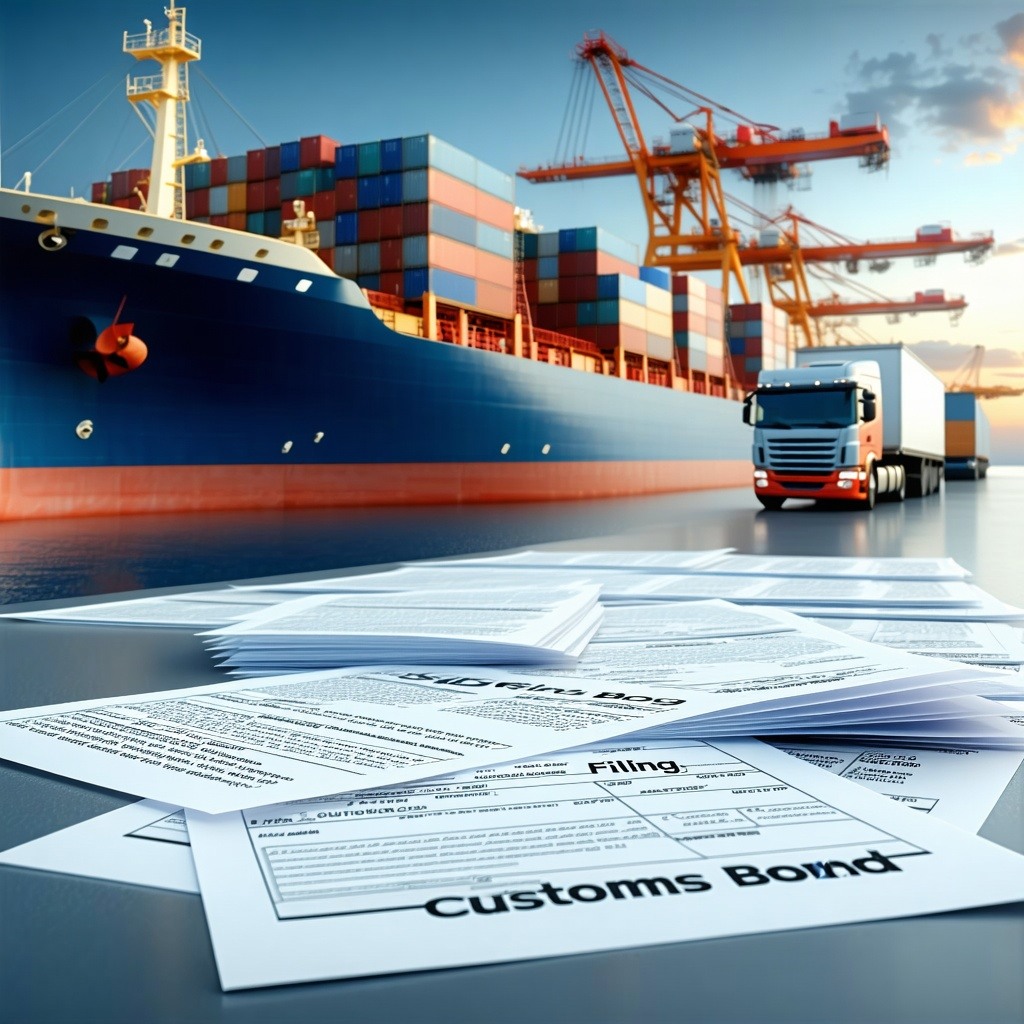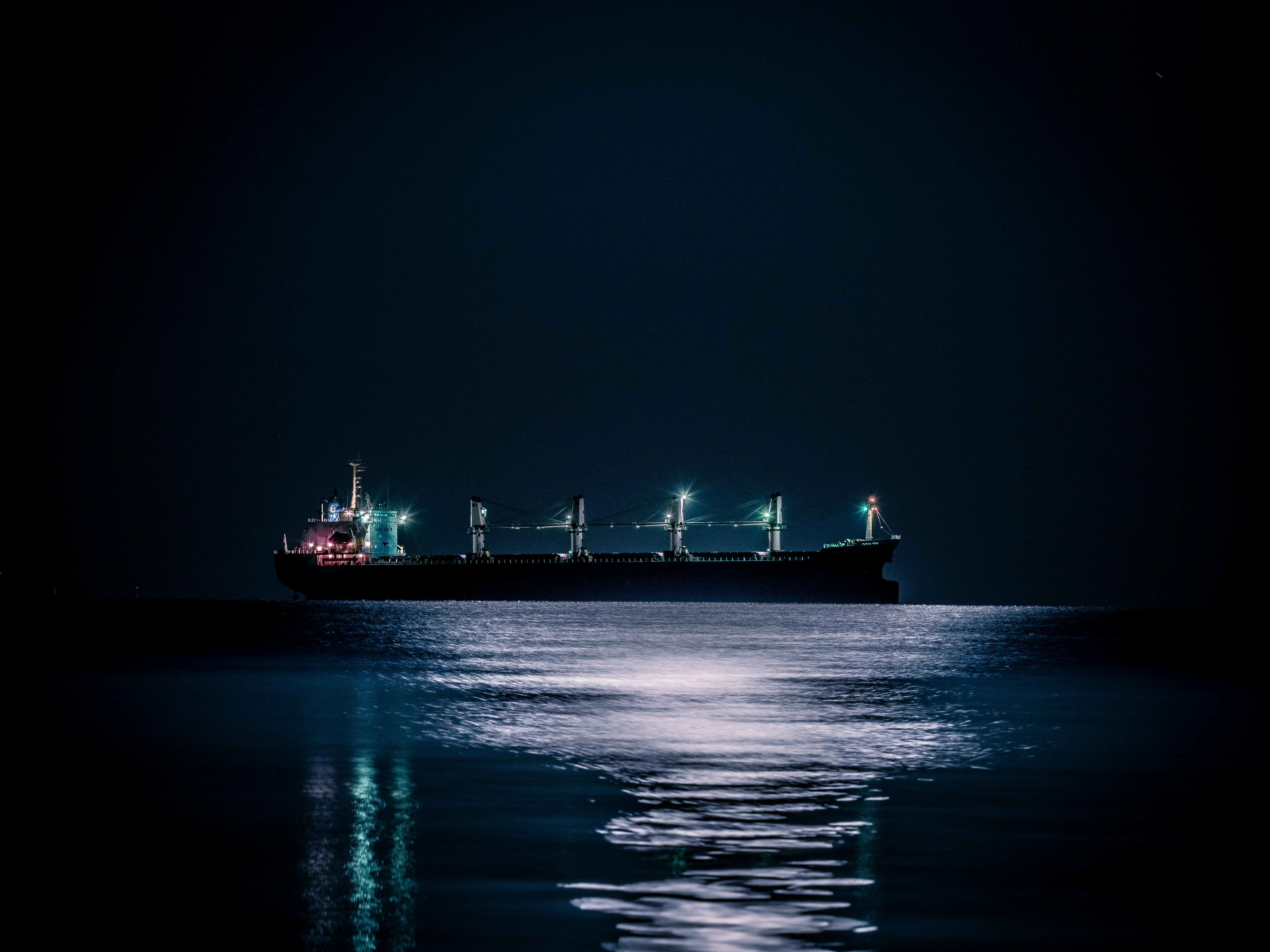Starting April 1, 2025, a new ICS-2 compliant ENS (Entry Summary Declaration) submission process will come into effect for all road freight transport to or via the European Union, Norway, Switzerland, and Northern Ireland. While the system will technically be operational from this date, the exact enforcement timeline for road shipments departing from Turkey depends on decisions made by customs authorities at key entry points — particularly the ports of Trieste (Italy) and Sète (France).
The ENS process has been quietly running for years in these corridors, yet very few people in the logistics industry fully understand how it works. Every vehicle using the Trieste or Sète RORO lines is already required to have an ENS declaration in place. In the current setup, Samer handles ENS declarations for DFDS and Ulusoy shipments, while Grimaldi’s operations are likely managed by its local agent, Parisi. Organizations like Oregon, TOBB UND, and SGS act as data providers, transmitting essential information to Samer or other agents on the receiving end. This well-orchestrated, behind-the-scenes system has worked efficiently for years.
What Changes with ICS-2?
The new ICS-2 framework introduces some structural shifts in the ENS process. Two key concepts define this evolution: Single Filing and Multi Filing. Let’s briefly define both, and then explore what the implementation will look like based on the destination port.
Single Filing
Single filing occurs when a single entity — typically the carrier — has access to all the necessary data and is able to submit a complete ENS declaration in one step. This is similar to the current ENS workflow, with the primary difference being an expanded data set under ICS-2.
Multi Filing
Multi filing is required when all the necessary data isn't available to one party. In this case, a complete ENS declaration is built from two separate submissions by different stakeholders. This system mirrors the "Master" and "House" structure in maritime and air transport.
For example:
-
The shipping line (Master) provides the carrier-level data.
-
The freight forwarder or customs broker (House) submits cargo-specific information.
The same principle will apply to road transport under ICS-2. One filing will come from the RORO operator (e.g., DFDS), and the other from the transport company or a third-party service provider. These two submissions must match on three key elements:
-
Carrier EORI number
-
Declarant EORI number (who submits the cargo details)
-
A unique reference number
In maritime and air freight, this unique reference is usually the Bill of Lading number. However, for road transport, it's up to us to define this — and the best option seems to be the Transit MRN reference. Still, if DFDS decides to adopt another format, the process will adjust accordingly.
Let’s Break it Down by Port
Port of Trieste – Italy
For Trieste, the good news is: Single filing is sufficient. That means as long as DFDS or Ulusoy receives the transport details, their mutual agent Samer will submit the ENS declaration on behalf of the carrier. No extra action is required from the transport companies.
Details submitted via DFDS’s MyFreight portal or Ulusoy’s new online portal will be sufficient for Samer to complete the ENS declaration. If a company doesn’t have access to these platforms, they can still submit data via service providers like Oregon or Modaltrans.
As for Grimaldi, they don’t currently have an online booking portal. Instead, shipment data is usually shared via Excel by email. We believe Parisi, their local agent, will continue managing ENS declarations as before. In short: for companies operating through Trieste, the process remains largely unchanged — only the data structure is evolving. And at Modaltrans, we’re fully prepared for this transition.
Port of Sète – France
Things are a bit more complex in Sète. Here, Multi filing is required, and currently only DFDS operates on this route.
When booking shipments via MyFreight, users must select the Multi Filing option. This triggers a request for an EORI number, which determines who will be responsible for submitting the second (House-level) declaration.
If the transport company is capable of sending ENS data under ICS-2, it can enter its own EORI number and handle the second filing directly — which is possible for companies using Modaltrans.
If not, they’ll need to work with a third-party provider like Oregon, who will manage this on their behalf.
To summarize: For operations via Sète, the process is more intricate. We strongly advise transport companies using this route to act quickly and ensure ICS-2 compliance as soon as possible.
Key Takeaways
-
ICS-2 ENS declarations will become operational on April 1, 2025 for road transport systems.
-
Enforcement begins September 1, 2025, but timelines may vary depending on national customs authorities and port-specific decisions.
-
The Trieste port will continue with Single Filing, simplifying the transition for most Turkish carriers.
-
The Sète port will adopt Multi Filing, requiring active coordination between carriers and forwarders or third-party service providers.
-
Companies must start preparing now to avoid delays or non-compliance penalties.
At Modaltrans, we’re closely monitoring these developments and ensuring our platform supports both single and multi filing workflows for ICS-2 compliance.
If you have questions about the ICS-2 ENS process, don’t hesitate to contact us at support@modaltrans.com.
We’re here to help you navigate the changes with confidence.




SHARE